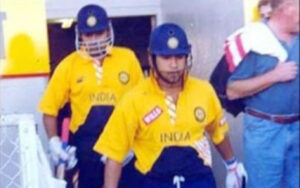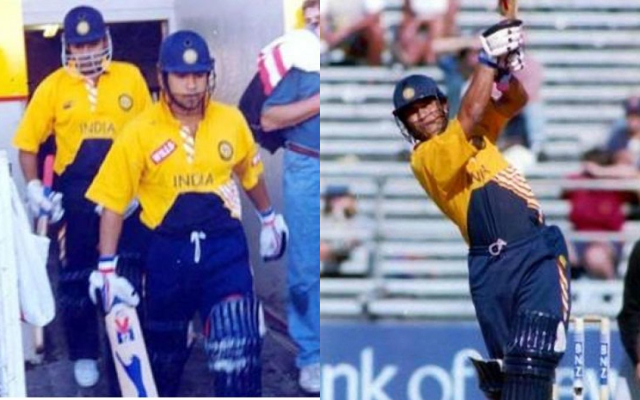
World history is full of ‘what-ifs.’ What if Adolf Hitler hadn’t launched Operation Barbarossa which led to the disastrous winter war in Russia? What if Japan hadn’t bombed Pearl Harbour? Sport is no different. Who knows where Indian cricket would be now if not for Kapil Dev’s marvellous running catch at Lord’s on June 25, 1983 – the key moment in a famous upset win over the mighty West Indies. And would India football have plumbed such depths but for SA Rahim’s untimely death battling cancer in 1963?
For Indian cricket, another flutter-of-butterfly-wings-causing-a-tsunami moment came 30 years ago today, at the picturesque Eden Park in Auckland. Once it became apparent that a stiff neck would likely rule Navjot Singh Sidhu out of the second ODI against New Zealand, Sachin Tendulkar started pestering Mohammed Azharuddin, his captain, and Ajit Wadekar, the coach.
By then, Tendulkar had been part of the Indian side for nearly half a decade. And while his Test resume was hugely impressive, he was nothing more than an ordinary batsman (batter now) in limited-overs cricket – averaging a modest 30.84 at a strike-rate of less than 75 from 66 innings. Had someone said then that he would go on to redefine the way white-ball cricket was played, they would have been mercilessly mocked.
But Tendulkar saw the future. Having observed Mark Greatbatch and others take advantage of fielding restrictions against the new ball, he recognised what an asset his ball-striking prowess could be. Though he had been schooled in the Mumbai method of batsmanship – high elbow, ball along the ground and all – Tendulkar wasn’t shy of hitting over the top.
Having convinced captain and coach – to this day, he says that they agreed partly to get him out of their ears – Tendulkar walked out to open with Ajay Jadeja, after India had been set a modest 143 to win. For three overs, there was relative calm. Then, a gorgeous off-drive opened the floodgates.
For the Latest Sports News: Click Here

Thereafter, it was an exhibition of the repertoire of strokes that the cricket world would become very familiar with over the next two decades. He smashed 82 from just 49 balls, with 15 fours and two sixes. That strike-rate equates to a total of 200 in a T20 game, and this was 30 years ago.
Looking at those numbers, you might think it was a bit of a slog-fest. It wasn’t. Time after time, the field was beaten by impeccable timing. The famous back-foot punch through cover was dusted off as was the tuck off the hips behind square that raced to the fence before the fielder moved. A straight drive was struck with such precision that it nearly took out the stumps at the non-striker’s end and the umpire. But, perhaps, the pick of the lot was the saunter down the pitch before a twirl of the wrist sent the ball speeding between cover and mid-off. It was a batting masterclass, and afterwards, Tendulkar the ODI batsman never looked back.
He would open in 340 innings for India, averaging 48.29 at a strike-rate of 88. As many as 45 of his 49 ODI centuries came while opening, and he was top scorer at both the 1996 and 2003 World Cups. And though many have since gone on to score double-hundreds in the 50-over format, Tendulkar was the first to scale the mountain, in Gwalior in 2010.
Sidhu was a vastly under-rated opener for India in the post-Sunil Gavaskar era, capable of both watchfulness and aggression. But perhaps his biggest contribution to Indian cricket will be that crick in the neck in Auckland, which opened up a brave new world for both Tendulkar and Indian cricket.
Also Read: Hardik’s captaincy in focus as Klaasen threat looms large in Hyderabad




